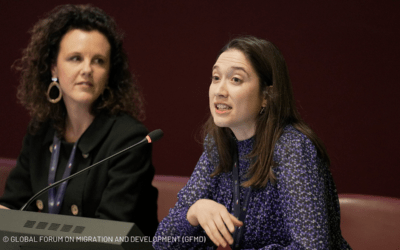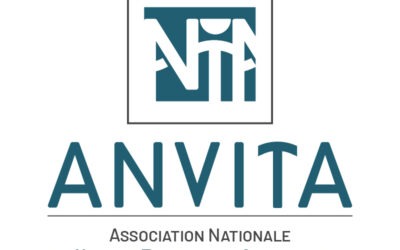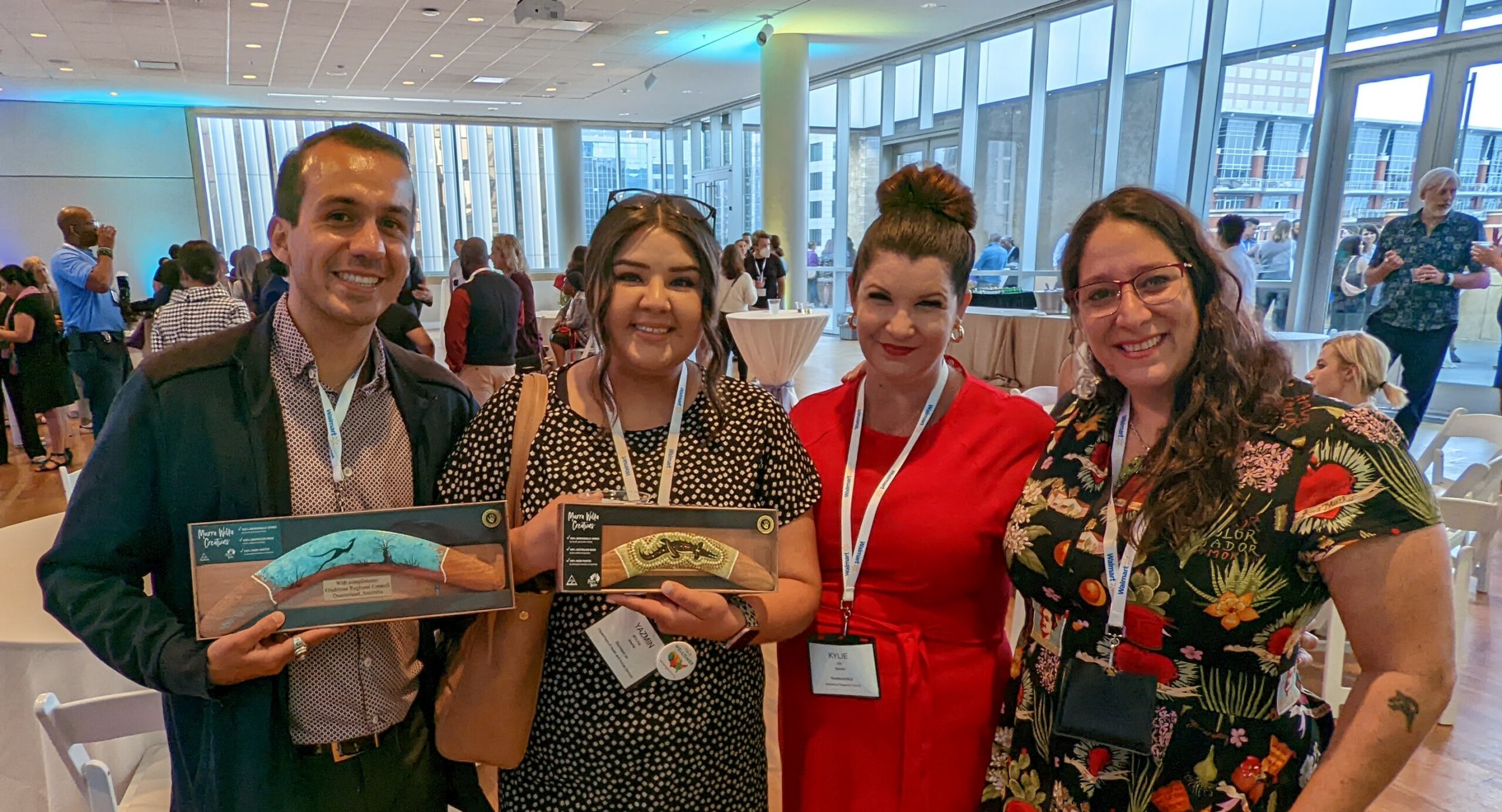
Participants of the 2022 Rural Communities Welcoming Exchange at the Welcoming Interactive. From left to right: Ricardo Esqueda, Yazmin Molina, Kylie Lee, and Natalia Muszkat. Photo credit: Natalia Muszkat
In May 2022, thanks to support from the multinational Welcoming International initiative, the Rural Welcoming Communities Exchange (RWCE) program brought together four leaders from the United States and Australia.
Coming from rural communities, Natalia Muszkat and Kylie Lee from Queensland, Australia, and Ricardo Esqueda and Yazmin Molina from Gunnison, Colorado, U.S. reflect on their experiences participating in the exchange program.
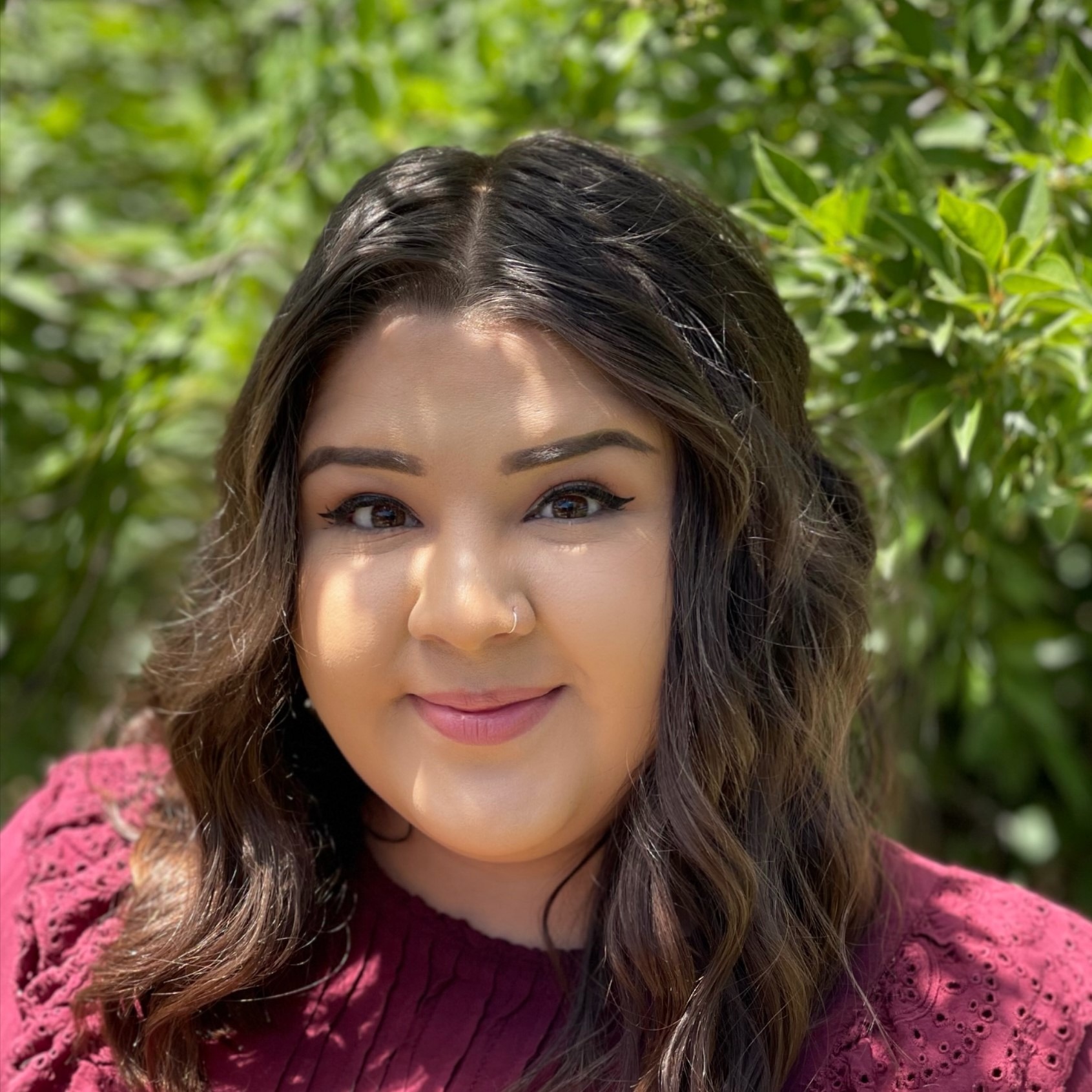
“I migrated to the United States with my family from Juárez, Mexico. I lived through the process of migration, and I want to make sure that newly arriving families in Gunnison are not going to face the same challenges we did. I want progress in how we are supported, and I want to see our community have a voice in growing this area and in policymaking.”
Yazmin Molina works as the Multicultural Resources Coordinator for Gunnison County Health and Human Services in Colorado, U.S. Yazmin is helping implement systemic welcoming practices through partnerships with organizations that serve local immigrant communities. She often collaborates with Ricardo Esqueda to ensure that Latinx communities can contribute their skills, knowledge, and experiences to the wider Gunnison community while getting other local stakeholders to acknowledge their voices and contributions.
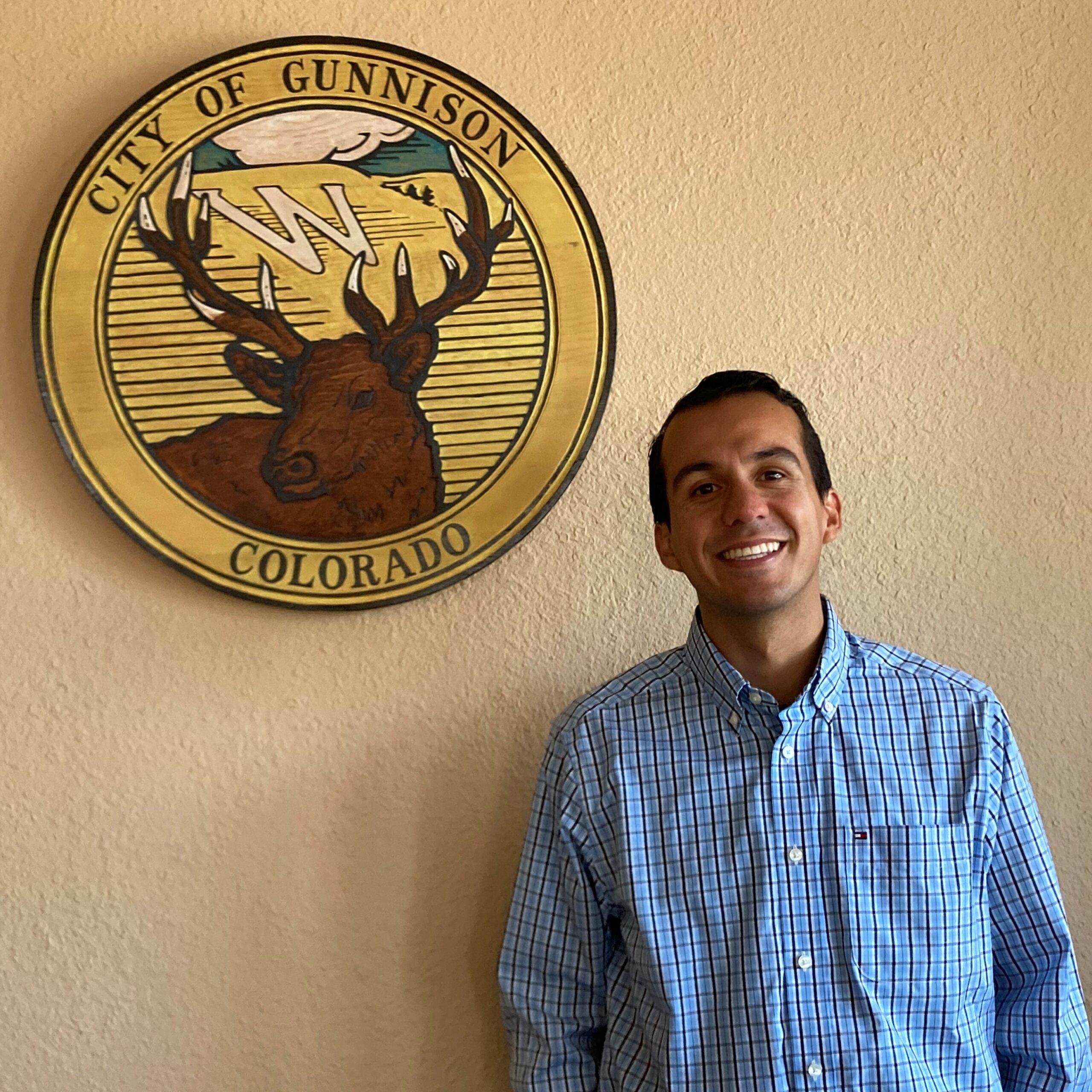
“Growing up as immigrants in the United States, my family would attend many informational meetings, connecting to community resources that helped them to adjust to a new system and rebuild their lives. The welcoming communities work is essential for creating a welcoming environment for newcomer families that are going through that same transition as my parents. I am grateful to take part in helping other families in the same way that my family was supported as I was growing up.”
Ricardo Esqueda is the Interpreter and Translator for Community Outreach, as well as the Community Outreach Liaison at the City of Gunnison in Colorado, U.S. Ricardo’s family immigrated to the U.S. from Mexico, and he witnessed firsthand the importance of accessible and multilingual resources, as well as staff who help newcomer communities navigate tax and bank services, medical assistance, education, and housing. Today, Ricardo is dedicated to expanding the welcoming community’s work and introducing it throughout Gunnison.
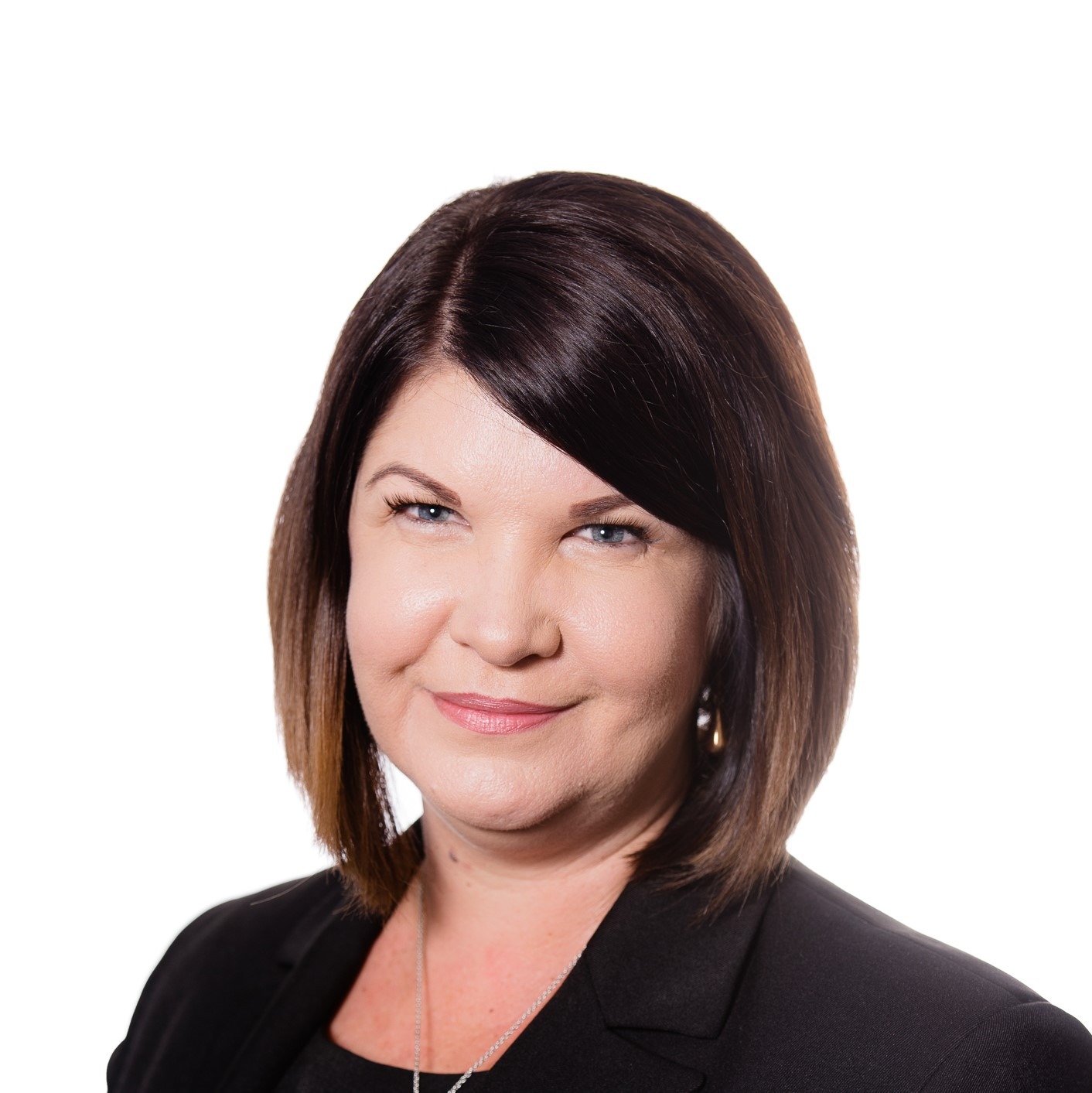
“I want Gladstone to be a place where people feel valued regardless of who they are or where they come from – where everybody is equally valued and has an opportunity to have a say in community life.”
Kylie Lee is the General Manager for Community Development and Events for Gladstone Regional Council in Australia. She is responsible for the strategic direction and performance of local facilities, and enabling opportunities across the community. Kylie is dedicated to working with First Nations peoples and established several Indigenous land use agreements, reconciliation action plans, and employment programs for traditional owners. Within Gladstone Regional Council, she focuses on transforming community engagement practices to ensure communities are included in the council’s decision-making processes.
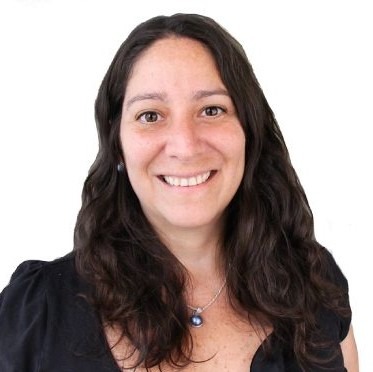
“I always felt that it was very useful for newcomers to find support networks and people in their community to guide them. Migrant women are especially in need of such connections. I am the first and only elected migrant woman councilor in my region. We need to see migrant voices being amplified and we need to be encouraged and supported to narrate our own stories.”
Natalia Muszkat is a councilor for the Gladstone Regional Council in Queensland, Australia. She migrated to Australia from Argentina. Motivated by her own experience of migration, as well as her Jewish grandparents’ journey from Poland to Argentina during World War II, Natalia’s work always focused on migrant justice and non-discriminatory policies.
Sharing best practices for rural communities with peers
During the RWCE, the program participants attended the 2022 Welcoming Interactive in Charlotte, North Carolina, U.S. The conference highlights successful practices and inspiring stories of immigrant inclusion. All attendees participate in sessions to gather practical knowledge from peers and leave better equipped to strengthen their own communities.
One powerful example of this knowledge exchange in practice was the session on “Rural Welcoming Strategies: International Lessons and Connections.” The speakers — which included Natalia Muszkat, Kylie Lee, Ricardo Esqueda, and Yazmin Molina — shared their learnings on fostering social inclusion and belonging for people with lived experience of migration in rural places.
Natalia Muszkat and Kylie Lee discussed their local government’s reconciliation action plan and how efforts from Welcoming Cities Australia build upon it. Additionally, Natalia Musztat spoke to all conference attendees at an evening reception, sharing her experiences as an elected official and community leader who moved to rural Australia from Argentina.
Ricardo Esqueda gave examples of community engagement efforts that increased COVID-19 vaccination uptake and government responsiveness in Gunnison. For instance, he shared learnings from building trust between the police department and Gunnison’s undocumented immigrant community — a process that built upon many years of previous efforts.
Learnings from the exchange
Despite regional differences, the four RWCE participants identified similarities between the challenges and opportunities in their welcoming work.
The Australian team was impressed by their U.S. colleagues’ commitment to empowering people with experiences of migration to get elected and increase the representation of people from diverse backgrounds in politics. Similarly, the Gunnison team found Natalia Muszkat’s own experience of becoming the first migrant women councilor in Gladstone inspiring.
“Hearing this story from Natalia, from another place, gives hope to my community,” Yazmin Molina shared. “We would have never seen ourselves in that position ten years ago. As an immigrant myself, having a position at Health and Human Services, this would be unheard of at that time. Hearing us speak at Welcoming Interactive about our journeys really opened up the attendees’ eyes to our community.”
Natalia Muszkat expressed feeling proud of how advanced the Gladstone Regional Council was in their welcoming work, especially in terms of the quality of services and the understanding of issues. Similarly, Yazmin Molina recalls that leaders participating in Welcoming Interactive were very surprised that a small city like Gunnison was so far along in supporting newcomer communities.
Kylie Lee also recalled positive feedback to her presentation with Natalia Muszkat. She shared the experience of working with First Nations initiatives through Gladstone’s reconciliation action plan. Their presentation led to a number of post-session meetings to explore their work in more detail with U.S. colleagues. The Australian team saw the opportunity to network on an international level as a great benefit of participating in the Rural Welcoming Communities Exchange and the Welcoming Interactive.
“Our colleagues resonated with our opportunities-driven approach, which implies that we bring welcoming practices to where people are, rather than inviting them to our offices,” Natalia Muszkat reflects.
Gladstone, Queensland
The Gladstone region spans across Queensland, Australia and has a population of around 63,500 people. Over 10% of the local population lives around the coastal city of Gladstone, which is also home to the Gladstone Regional Council. Immigrant communities play an active role in the growth of the region and the city, as they form an integral part of the local workforce. The region joined Welcoming Australia, a partner in the Welcoming International alliance, to expand their welcoming efforts around resident support and explore the Welcoming Cities certification.
“The welcoming work we did prior to this partnership might have been a little bit scattered all around. Having the Welcoming Cities framework helps you to find areas where you might not be doing enough or where you might want to redistribute some of your efforts. During the COVID-19 pandemic, we had many interactions with other councils through Welcoming Australia to help identify how to support migrants’ needs and ways to support, so the whole community stays safe.” — Natalia Muszkat, Councilor, Gladstone Regional Council, Queensland, Australia
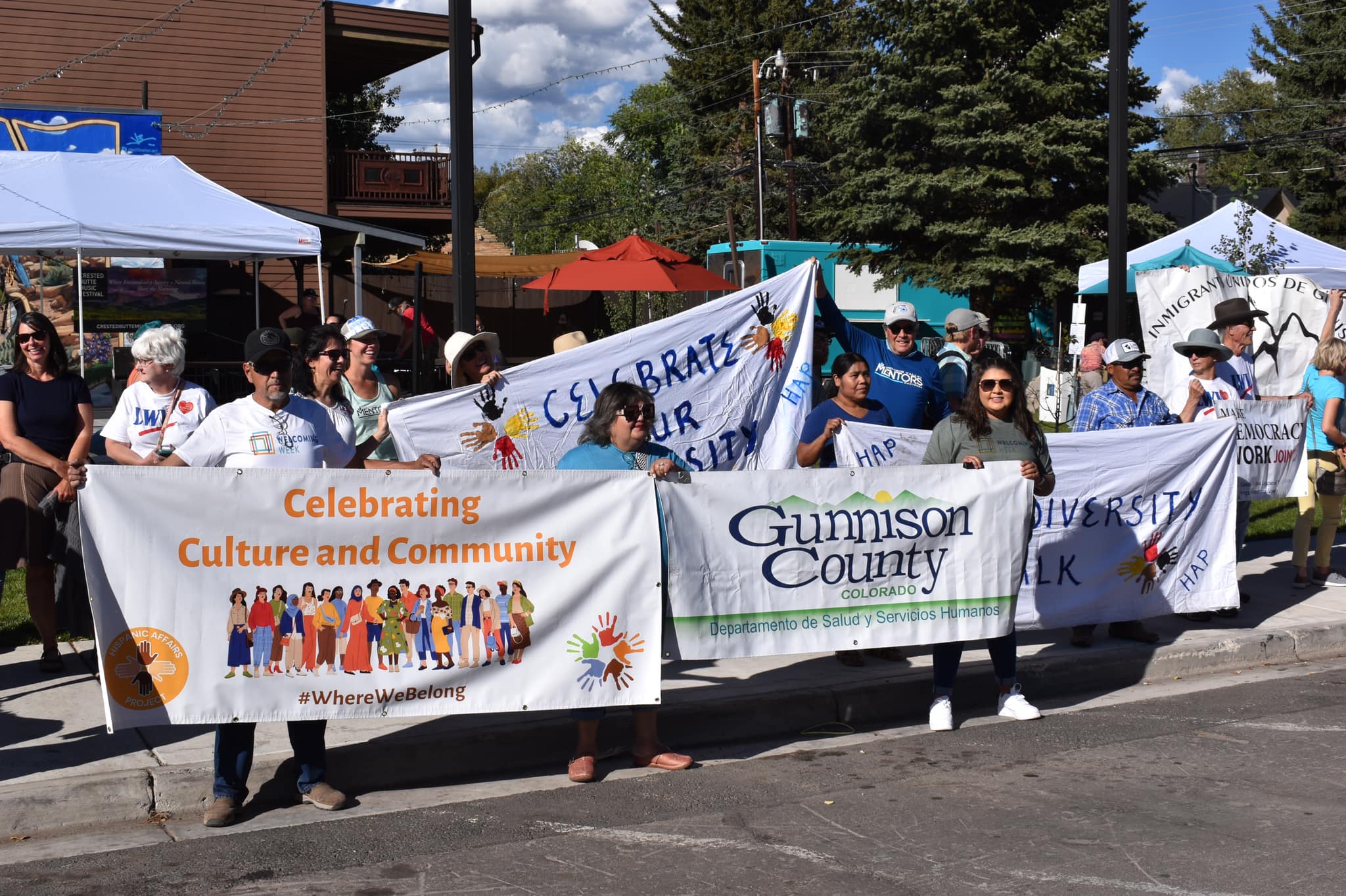
Photo courtesy of the Hispanic Affairs Project
Gunnison County, Colorado
Gunnison County is located in the mountainous Colorado region, while Gunnison City is its administrative center and the seat of local government. While the county population is around 17,000, over 6,000 residents live in Gunnison City. The Hispanic/Latinx community accounts for about 13% of the county’s population. In 2022, the City joined Welcoming America as a member to ensure that Gunnison can offer equal opportunities to its growing immigrant communities. Local organizations are now adopting the welcoming model, recognizing the need for accessible and relevant community resources. Many have expressed their interest in hosting or participating in Welcoming Week activities.
“We want to acknowledge that Gunnison is composed of different cultures and we want to celebrate them. Many local nonprofit organizations reached out to us after the initial Welcoming Week and said that they would love to be more involved in the near future and make it an annual celebration.” — Yazmin Molina, Multicultural Resource Coordinator, Gunnison County Health and Human Service, Colorado, US.
“We should not take no for an answer”: Opportunities and challenges
Although all of the participants are aware of the challenges of furthering welcoming work in rural communities, they have also witnessed the positive impact of a long-term commitment to these efforts. Today, they are excited to continue learning from other welcoming communities to better strategize and identify stakeholders that are not yet part of the welcoming movement.
Natalia Muszkat believes that everyone has different motivations for welcoming, and we need to identify these to increase the support and visibility of welcoming initiatives. For example, some commercial companies in Gladstone want to support newcomers for economic reasons. They are offering financial sponsorship for welcoming events, which contributes to a wider welcoming culture in the region.
Ricardo Esqueda emphasizes that for some rural communities, there need to be investments in educational activities alongside building the narrative of welcoming.
“What can be challenging in a small rural place like Gunnison is the perception of what welcoming work means for our community,” he says. “We need to inform people about challenges faced by minority or immigrant communities so they get inspired to become more welcoming.”
One of the biggest issues for undocumented Latinx community members in Gunnison is housing, and not being able to apply for loans without a Social Security number.
Yazmin Molina attended a workshop about working with credit unions to support the undocumented community. She said, “It made me realize that if one door shuts, we need to find another way to overcome challenges that our community is facing. We should not take no for an answer.”
She also believes that participation in events, such as Welcoming Week and Hispanic Heritage Month celebrations, gives long-standing communities new perspectives on migration and encourages people to think creatively about welcoming. Yazmin would like to see local Spanish-speaking stakeholders take more initiative in advocating for their community.
Plans for the future
Welcoming is an ongoing process and all four community leaders believe that there is room to grow their efforts.
“We are committed to overcome challenges and make Gunnison a place where everyone can thrive despite their background,” says Yazmin Molina.
Ricardo Esqueda would like to expand his welcoming work beyond the Hispanic community to reach other immigrant communities in Gunnison, such as the large Nepalese community. Impressed by his Australian colleague’s ability to run successful mentorship programs for immigrants, he is hoping to implement them in Gunnison.
Kylie Lee and Natalia Muszkat noted that there are cultural awareness trainings being implemented within the Gladstone Regional Council as part of their ongoing effort to change the culture of the local institutions and organizations. However, inspired by Welcoming Interactive, they are now testing creative methodologies and education tools, such as a cultural awareness quiz and other playful activities at the council’s holiday party last. The council is also committed to supporting local organizations that want to take initiative and create better opportunities for newcomers.
In the 2023 Rural Welcoming Communities Exchange, a group of 16 participants from the U.S. and Australia will travel to both countries for in-person learning, as well as participate in virtual exchange experiences to shape the Welcoming Week events they host in their communities. In addition to site visits in rural California, U.S. and Queensland, Australia, participants will share best practices and learnings at the 2023 Welcoming Interactive. The program aims to encourage rural community leaders to enact more inclusive policies and practices.

